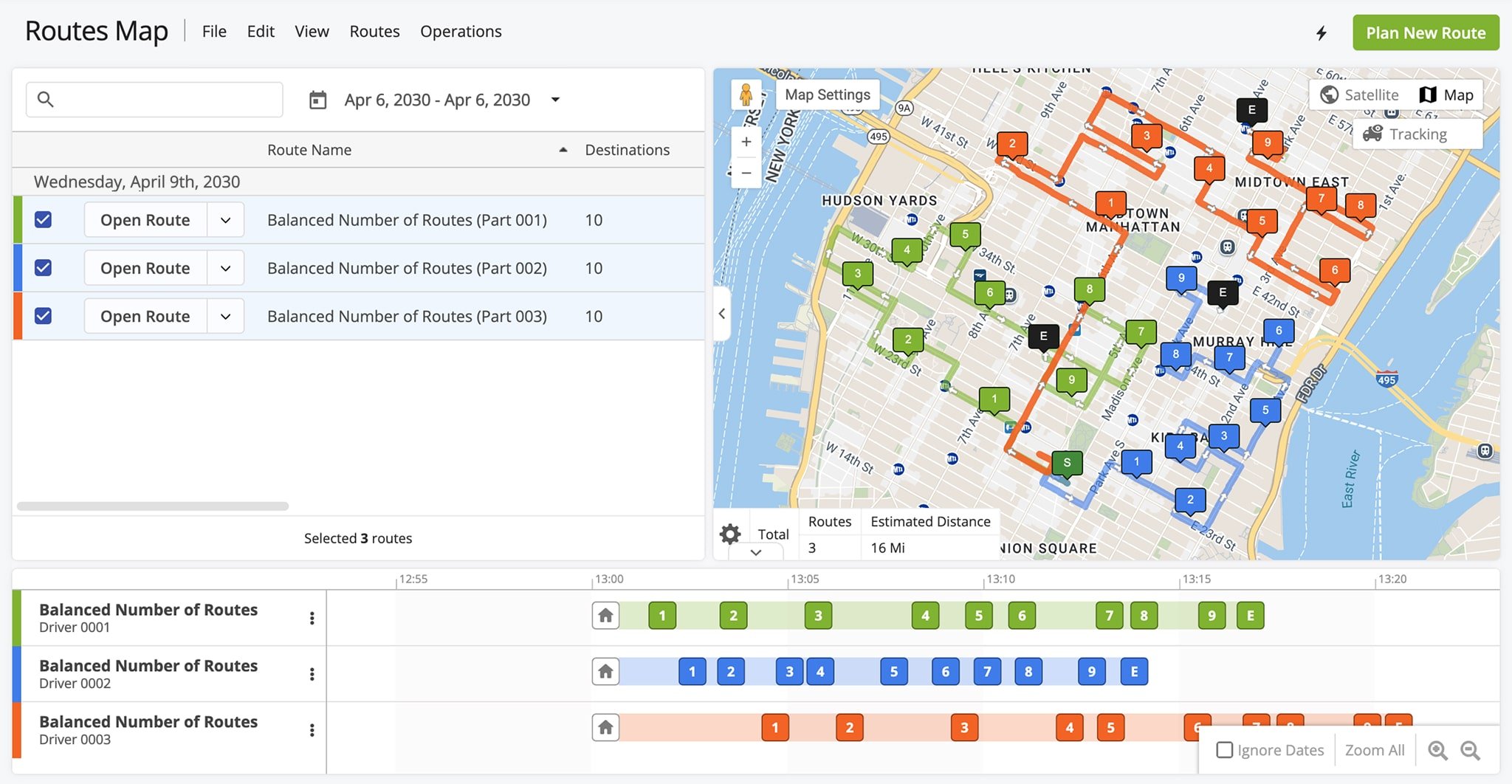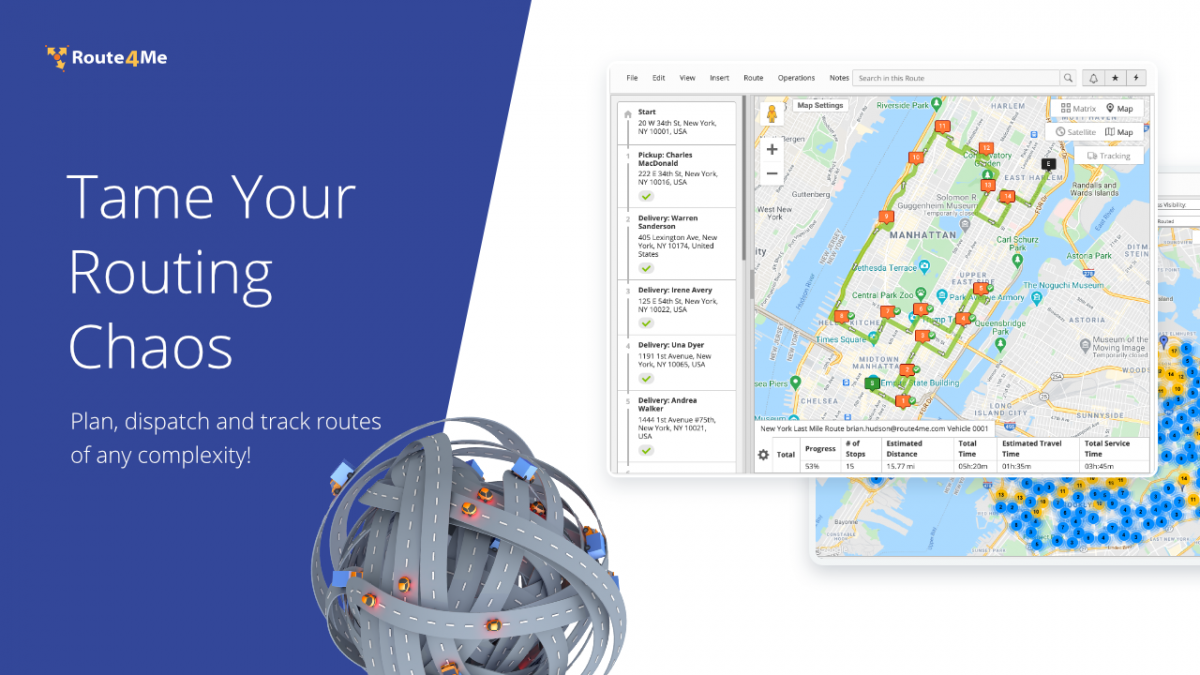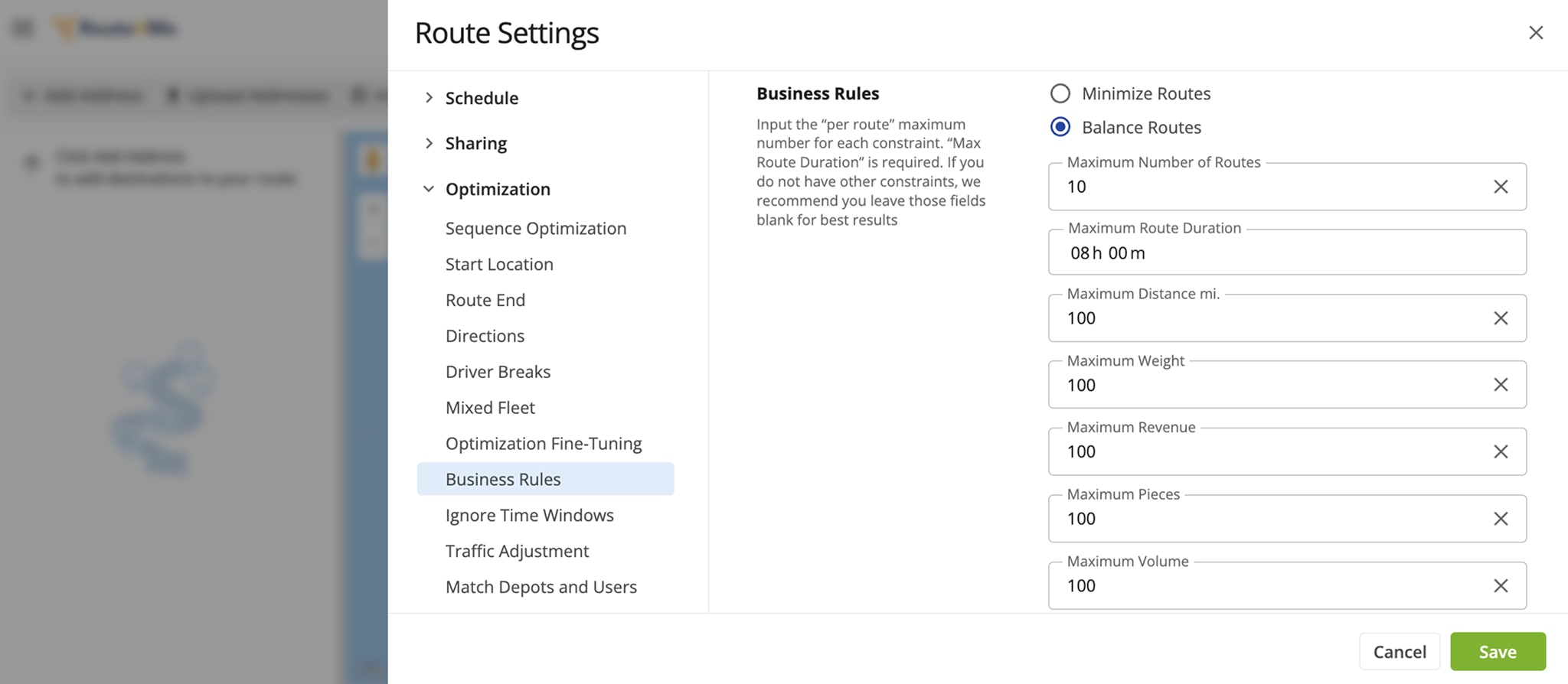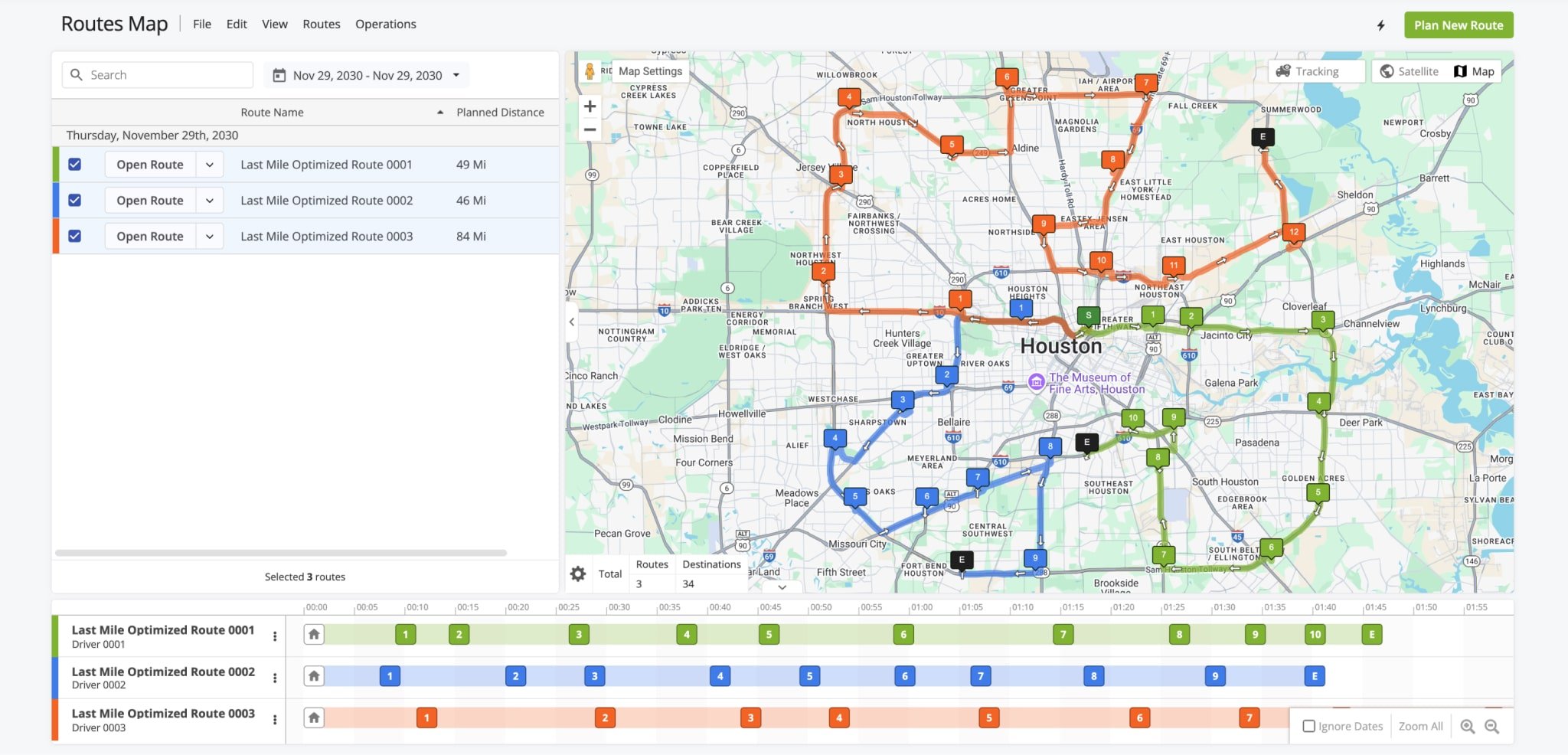How To Plan Optimized Routes For Delivery And Field Service Operations
Planning optimized routes is essential for reducing costs, improving efficiency, and keeping delivery and service operations on schedule. Instead of manually solving complex problems like the Traveling Salesman Problem or Vehicle Routing Problem, businesses today rely on the best route planning software to simplify logistics, eliminate guesswork, and stay competitive.. With Route4Me’s enterprise route optimizer, you can design smarter delivery routes by importing addresses, applying business rules, and generating the most efficient stop sequence. By planning optimized routes, your team saves time, lowers expenses, and delivers a better customer experience.
Table of Contents
1. Implement Route Optimization Software
To plan optimized routes with multiple stops, start by using route optimization software. The right tool eliminates the need to manually solve complex math problems like the Traveling Salesman Problem and Vehicle Route Problem. With the Route4Me Route Planner, you can plan multi-stop delivery routes in minutes, saving hours of work while focusing more on growing your business.
2. Import And Map Delivery Addresses
Easily build your routes by adding addresses in different ways: select locations on a map, upload spreadsheets, copy-paste route addresses, or sync data from your CRM. Once addresses are loaded, the system maps them automatically, giving you a clear visual of your service area and preparing your data for route optimization.
3. Select The Right Optimization Type
Choose the optimization type that best fits your operation. Route4Me allows you to split addresses into the optimal number of routes, balancing workload across vehicles and drivers. This ensures deliveries and field service visits are completed on time with the least travel distance, creating the foundation for truly optimized routes.
4. Set Up Routing Business Rules And Constraints
Apply business rules and constraints to customize how your routes are planned. You can set vehicle capacity limits, delivery time windows, priority stops, revenue goals, or customer-specific requirements. These parameters help ensure that your optimized routes reflect both efficiency and real-world logistics needs.
5. Generate Optimized Routes
Finally, let the software create the most efficient sequence of stops. With Route4Me, your drivers receive optimized routes that minimize distance, cut fuel costs, and keep schedules on track. By uncovering inefficiencies and turning them into savings opportunities, optimized routes help you boost productivity and scale operations with confidence.
Last Updated:



